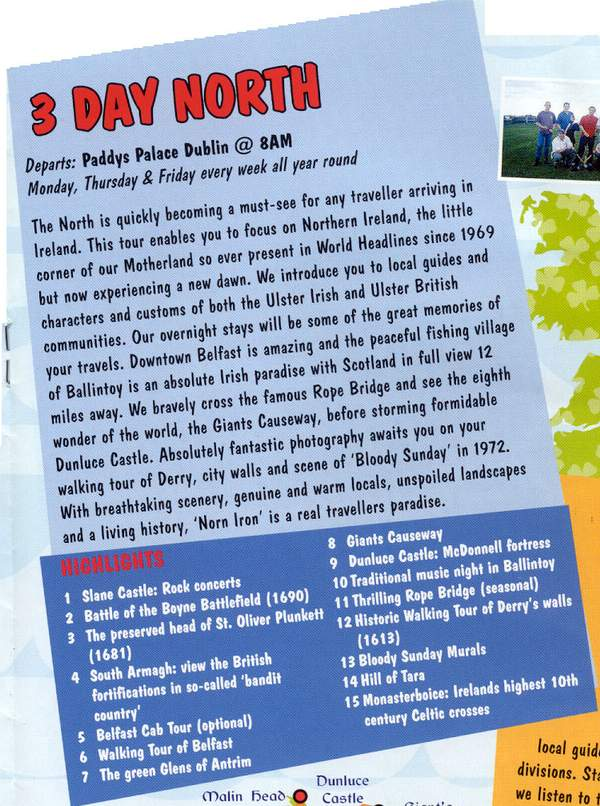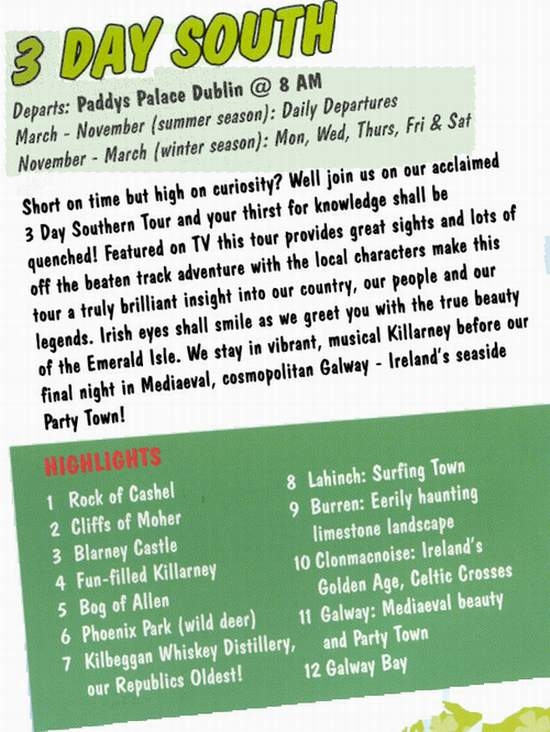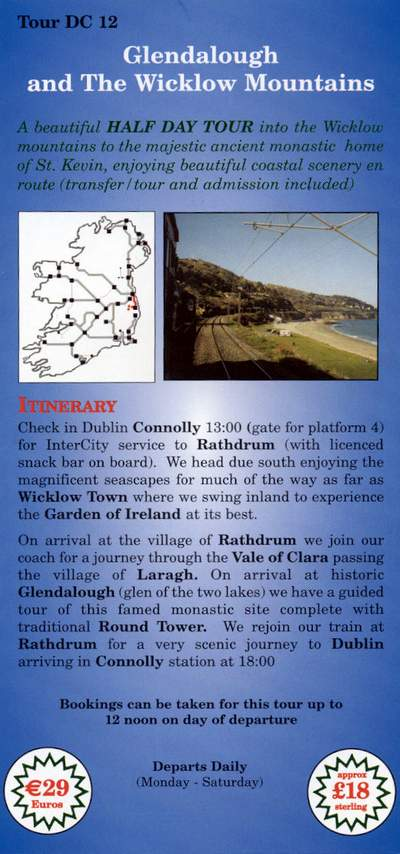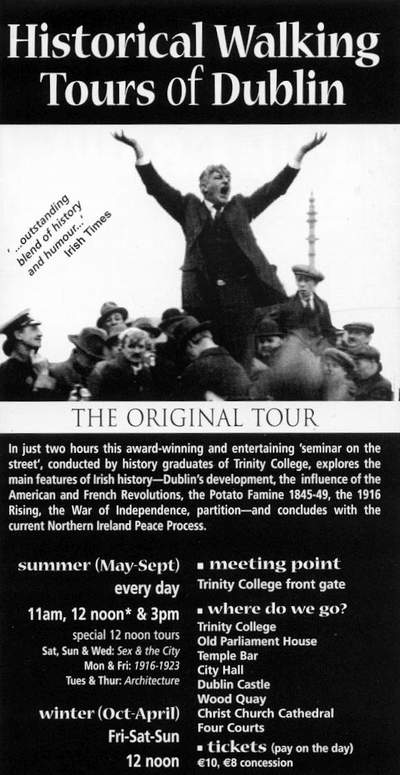
- •Министерство образования рф
- •Part I. The United Kingdom of Great Britain and Northern Ireland Unit1. Cultural aspects of geography
- •United Kingdom of Great Britain and Northern Ireland
- •National flag of the United Kingdom `Union Jack`
- •Physical Features, landscape.
- •England
- •Basic facts:
- •National flag of England
- •Dover Task 2. Read the description of counties and concentrate on cultural associations that geographical names have. While reading make a table:
- •Scotland
- •Basic facts:
- •National flag of Scotland
- •Edinburgh
- •Northern Ireland
- •Basic facts:
- •National flag of Northern Ireland
- •Basic facts:
- •National flag of Wales
- •Task 6. Check yourself questions:
- •Unit2. Population of the uk basic facts:
- •Migration
- •The English
- •The Welsh
- •The Scots
- •The Irish
- •The History and Structure of Immigration
- •Nationality Legislation
- •Culture
- •Asylum seekers bring many benefits
- •Britain opens door for skilled immigrants to fill hi-tech jobs
- •Race row hits Tories
- •Unit 3. Monarchy basic facts:
- •History
- •The Royal Coat of Arms and the Anthem
- •Kensington Palace
- •Task 3.Check yourself questions:
- •50 Facts about the queen's reign
- •50 Facts about the duke of edinburgh
- •Unit 4. Parliament
- •Basic facts:
- •Layout of the Palace of Westminster
- •The House of Lords
- •The House of Commons
- •Conduct of debates in the Commons
- •A typical day's business in the Commons Chamber.
- •Unit 5. Political Parties and Government basic facts:
- •Political Parties
- •The Party System in Parliament
- •Financial Assistance to Parties
- •Local Government
- •The iron lady
- •Tribute to john major
- •Theme 6. Law system
- •Types of Courts
- •High Court CoCourt basic facts:
- •Types of Schools
- •Entry requirement to British universities, colleges or jobs
- •Higher Education
- •Theme 8. Ways of Life in uk basic facts:
- •3. Parks in Great Britain
- •Ingredients:
- •Student d. Scotch Broth
- •Theme 9. Customs and traditions
- •Basic facts:
- •Christmas Traditions
- •Pearly Kings and Queens
- •Scotland’s symbols and traditions
- •The Night of Hogmanay
- •The New Year
- •Highland Games
- •Burns’ Night
- •Gretna Green Marriages
- •Welsh symbols and traditions
- •St David’s Day
- •Wishing Wells and Love Spoons
- •The Red Dragon of Wales
- •Eisteddfod
- •Noson Lawen
- •Cymanfa Ganu
- •Halloween
- •Symbols and traditions of northern ireland
- •The Red Hand of Ulster
- •Shamrock
- •White Ribbon
- •St Patrick’s Day
- •Easter Customs in Northern Ireland
- •Theme 10. Going out
- •Basic facts:
- •English Pubs
- •Pubs in Scotland
- •Irish pubs
- •Welsh pubs
- •January/February/March/April 2003
- •Part II. Republic of Ireland Unit 1. Land and People basic facts:
- •St Patrick’s Cathedral
- •Task 6. Check yourself questions:
- •Task 7. Match up the names of counties and their peculiarities.
- •Task 8. Choose a holiday in Ireland. Discuss the tours with a partner and choose one.
- •Theme 2. History of Ireland
- •Basic facts:
- •A Brief Outline of History
- •Theme 3. Political Life, Economic and Cultural Development of Ireland basic facts:
- •Contents
- •Theme 6. Law system. Skills developed: reading (interpreting facts, summarizing), classification.
- •References:
Task 6. Check yourself questions:
In which counties does the river Shannon flow?
Which counties are the richest in historical monuments?
What county is famous for the production of internationally famous crystal?
Where was “Braveheart” shot?
Name some of the more important towns. Which counties are mountainous?
What crops are grown in Ireland?
What industries prevail in Ireland?
Which counties have important ports?
Task 7. Match up the names of counties and their peculiarities.
Clare a). St Columba founded a monastery there.
Dublin b). The hill of Tara is there.
Wicklow c). The beautiful cliffs of Moher are located in it.
Galway d). King John Castle is in the main town
Limerick e). Blarney Castle is situated there.
Sligo f). The river Liffey flows there.
Cork g). Glendalough ruins of a church and one of Irish round towers
Meath are there.
h). Known for its ponies and bodhrans.
Task 8. Choose a holiday in Ireland. Discuss the tours with a partner and choose one.


Which tour would you choose, if you were interested in rock music?
Which tour would you choose,if you were interested in Northern Ireland?
Which tour would you choose, if you were interested in surfing?
Which tour would you choose, if you were interested in beautiful scenery?
Which tour would you choose, if you were interested in the way whiskey is produced?
Which tour would you choose, if you were interested in traditional Irish music?
Which tour would you choose, if you were interested in history?
Which tour is guided by history graduates of Trinity College?
Task 9. Project work. Work out your own tour of Ireland in a group of 4 –5 people. Present your tour to the groupmates.


Theme 2. History of Ireland
Task 1. Read the basic facts and try to expand them.
Basic facts:
The Irish language evolved from Celtic immigrants around 600 BC. The language survived the introduction of the linguistic diversity of both the invading Vikings and Normans down through the centuries.
Although the origins of the name Éire are uncertain, the name Eiru which is the name of a mythological divine heroine, occurs in the earliest literature in Old Irish. The modern word Ireland derives from a combination of the Gaelic “Éire” with the Germanic word “land”.
The area of Dublin became the first English colony.
Ireland was the last of the four parts to join the United Kingdom. The official treaty was signed in 1801.
In 1921 Ireland was divided into the Irish Free State and Northern Ireland.
From 1922 to 1937 the country was known as the Irish Free State,and from 1937 to 1949 asEire.
Task 2. Read the facts below and co-ordinate them with historical events in Russia and in England.
A Brief Outline of History
7000 BC There exists archeological evidence of Mesolithic hunter-fisher people along the coast of Ireland.
3000 BC, Neolithic or New Stone-Age people arrived and their stone monuments can still be seen dotted around the Irish landscape today.
By 2000 BC the first Bronze-Age metalworkers arrived. After the Bronze Age and during the Iron Age around 400 A.D., brought about new technologies. In the Stone and Bronze Ages, Ireland was inhabited by Picts in the north and a people called the Erainn in the south.
500 BC Migration of tall, red-haired Celts from Britain, Gaul and Galicia starts the Iron Age in Ireland. They subdued and assimilated the inhabitants and established a Gaelic civilization. By the beginning of the Christian Era, Ireland was divided into five kingdoms—Ulster, Connaught, Leinster, Meath, and Munster.
432 AD St. Patrick arrived to help convert the pagan Gaelic Kings to Christianity. He and his followers spread the new religion throughout the country. The following century saw Irish missionaries begin to spread Christianity throughout Europe.
800 AD The first Viking raids on Ireland. Usually small in numbers, they plunder Irish monasteries and towns. By 914 AD the Vikings begin to overwinter and establish towns mostly near the South Coast. They trade, intermarry and fight with the Gaelic Irish.
976-1002 Brian Boru subjugated all Munster in 976, then extended his power over all South Ireland, and became high king of Ireland by right of conquest in 1002. As his power increased, relations with the Norse rulers on the Irish coast grew steadily worse. Sitric, king of the Dublin Norse, formed against Brian a coalition of the Norse of Ireland, the Hebrides, the Orkneys, and Iceland as well as Brian’s Irish enemies.
1014 In the Battle of Clontarf (near Dublin) Brian Boru, the High King of Ireland defeats an army of Vikings and Leinster Men but is killed himself. The first to bring the English language to Ireland were the Normans. Though English was slow to become established in Ireland it eventually became the language used for all administrative and legal business. Irish became associated with the poorer classes, and gradually English was adopted in general as the main language from the latter years of the eighteenth century on.
1169 Anglo-Normans conquer large areas of the island and settle there. Feudalism is introduced and castles built.
1171 King Henry II of England asserted his sovereignty of Ireland with the building of abbey-churches and castles.
1541 Henry VIII declares himself King of Ireland, the first English monarch to do so. The first plantation of English people to settle in Ireland followed shortly after. The plantation policy led to redistribution of wealth and suppression of Catholicism. Farm lands were confiscated from Catholics and given to Protestant settlers.
1608 James I starts a systematic settlement of Protestant Scots and English. (“The Plantation of Ulster”).
1641-1653 A rebellion by Irish Catholics against the English settlement policy is initially successful. In 1649, after his victory in the English Civil war, Oliver Cromwell and his puritan forces mercilessly destroyed key parts of Ireland, leaving the Irish resistance in shambles.
1690 Protestant William of Orange beat his father-in-law, James II, over succession to the British throne.
1691 The Irish-Protestant parliament in Dublin passes the “Penal Laws”, turning Catholics into second-class citizens.
1782 The Irish Parliament is granted independence from England and some of the Penal Laws against Catholics are abolished.
1800 The Act of Union makes Ireland part of the United Kingdom. The parliament in Dublin is dissolved.
1823 The Catholic Association is founded by Daniel O’Connell (“the Liberator”) and by 1829 Catholic Emancipation is passed removing virtually all restrictions placed on Catholics.
1845-1851 Potato Famine.The famine was caused by the controlling English Goverment’s dramatic reduction in Irish agricultural investments, primarly potatoes, which led to increased unemployment and poverty. An estimated 1 million people die of malnutrition, typhus and other diseases. Many people are forced to migrate, primarily to America, reducing the Irish population to 6.5 million by 1951 down from 8 million in 1841.
From 1880 The Land League and the Irish Home Rule Party led by Charles Stuart Parnell employ parliamentary means in their struggle for Irish autonomy and land reform.
1905-1908 The group known as Sinn Fein (“we ourselves”) is formed to struggle for the independence of Ireland.
1916 Around 1,800 volunteers led by James Connoly take part in the Easter Rising. The rebels seize the General Post Office in Dublin proclaiming a provisional government for the Irish Republic, but are defeated six days later.
1918 Sinn Fein becomes the most influential political party in Ireland. This party, founded by Arthur Griffith, a Dublin journalist, campaigns in the parliamentary election of 1918 on a programme that calls for the breaking of all ties with Great Britain and the establishment of an Irish republic. Candidates of Sinn Fein won 73 of the 106 seats allotted to Ireland in the British Parliament.
1919-22 In January 1919 the Sinn Fein members of Parliament assembled in Dublin as the national assembly. Proclaiming the independence of Ireland, they formed a government, with De Valera as president. There followed guerrilla attacks by Irish insurgents, later called the Irish Republican Army (IRA), on British forces, particularly the Royal Irish Constabulary. In the course of the war, the British Parliament enacted, in December 1920, a Home Rule Bill, providing separate parliaments for six counties of Ulster Province and for the remainder of Ireland. The warfare against the British continued until July 10, 1921, when a truce was arranged. Subsequent negotiations led to the signing, in December 1921, of a peace treaty by representatives of the second national assembly and the British government. By the terms of the treaty, all of Ireland except the six counties constituting Northern Ireland was to receive dominion status identical with that of Canada.
1937 The new constitution abolished the Irish Free State and established Eire as a “sovereign independent democratic state”.
1938 The Irish writer and patriot Douglas Hyde became the first president of Eire, and De Valera became prime minister. Through a treaty adopted in April 1938, the tariff war between Eire and Great Britain was concluded.
1939 Eire maintained neutrality in World War II, although many thousands of Irish citizens joined the Allied forces or worked in British war industry.
April 18, 1949 On Easter Monday, by the terms of the Republic of Ireland Bill Eire became the Republic of Ireland, formally free of allegiance to the British crown and the Commonwealth of Nations.
December 14, 1955 The Republic of Ireland became a member of the United Nations.
1973 The Republic of Ireland joins the European Economic Community along with Great Britain.
1990 Mary Robinson becomes the first female president of Ireland.
1997 Divorce becomes legal in the Republic.
Task 3. Check yourself questions:
Why is the name of Brian Boru well known in Ireland?
Who founded Dublin?
When was Ireland conquered by the Anglo-Normans?
What English kings carried out plantation policy in Ireland?
When was the treaty of union signed making Ireland part of the United Kingdom?
What happened during the Potato Famine?
Who are Parnell street and O’Connell street in Dublin named after?
What were the stages of Irish independence and how did the names of the country change?
Can you find any evidence of the fact that the Republic of Ireland is predominantly a catholic state?
Task 4. Trace the development and changes in political system of Ireland.
Task 5. Trace the roots of the present day conflict in Northern Ireland in the historical events of the past.
